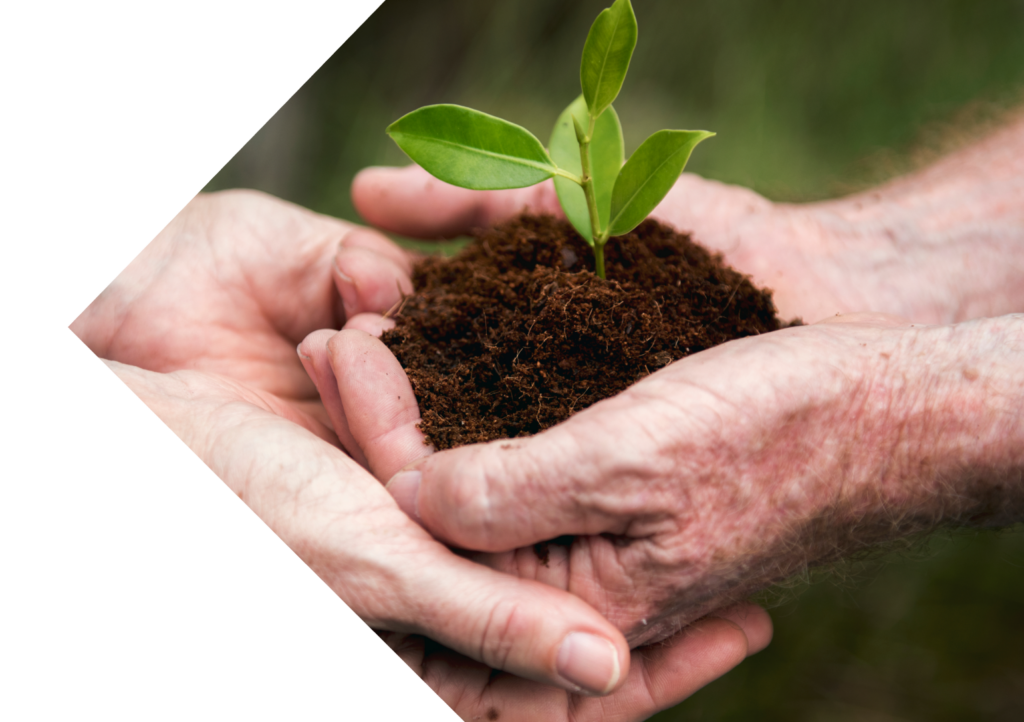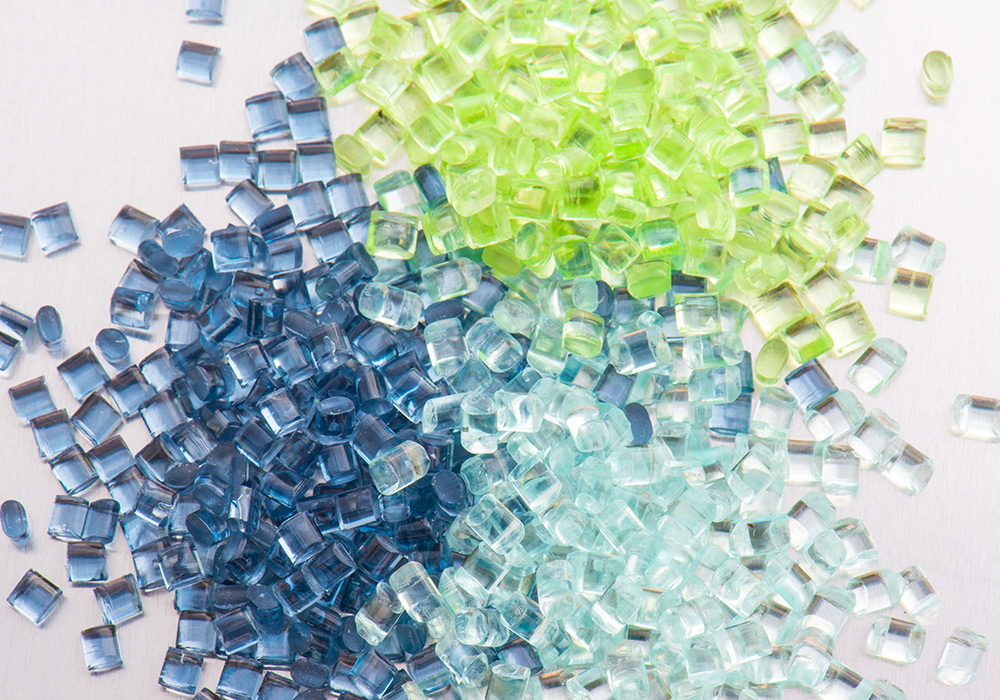
Sustainable Material Options
Post Consumer Recycled (PCR)
Silgan Plastics’ total PCR usage across our portfolio ranges from 5 – 10%. We use anywhere from 10 – 100% PCR in our bottles, depending on customer specific packaging specifications.
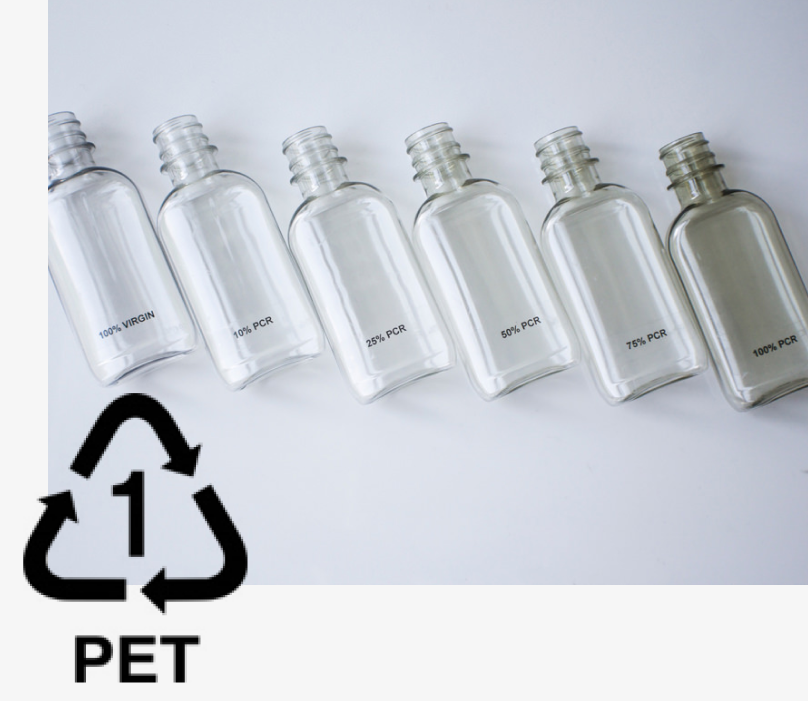
PET
- Silgan Plastics runs both food grade and non-food grade PET PCR from multiple qualified sources.
- PET PCR bottles can be produced with up to 100% post-consumer recycled content in a mono-layer application.
Recyclable
Recycled PET bottles can be granulated, reshaped, or repurposed for various applications like strapping, carpeting, and fiber filling.
Lightweight
With a mere 10% of the weight of glass counterparts, PET bottles slash shipping expenses by roughly 30%. Additionally, their thinner material leads to a 25% boost in shelf efficiency compared to glass, maximizing storage space.
Safe
PET bottles are tough and virtually unbreakable during production, storage and transportation. If they do fail, they split, not shatter. Additionally, they’re composed of carbon, oxygen, and hydrogen, PET is as benign as paper and lacks toxic elements.
Flexible Design
PET is suitable for containers of all shapes, sizes, neck finishes, designs and colors. PET bottles also improve shelf appeal with a clear presentation of the product.
Good Barrier & Shelf Life
The low permeability of PET to oxygen, carbon dioxide and water means that it protects and maintains the integrity of products. PET also has good chemical resistance and shelf life.
Pure
PET doesn’t affect the taste of your products, maintaining flavor integrity. Additionally, when burned, it produces carbon dioxide gas and water, leaving no toxic residues.
HDPE
- Silgan Plastics has multiple HDPE PCR suppliers, including one with FDA food grade PCR.
- Silgan Plastics can run HDPE PCR in both mono-layer & multi-layer applications.
- With HDPE bottles, Silgan Plastics has the ability to sandwich PCR in the middle layer of a tri-layer package. This way, the product in the bottle is only coming in to contact with the virgin material of the inner layer. Additionally, the process allows for a pristine outer layer for decoration and optimum shelf-appeal.
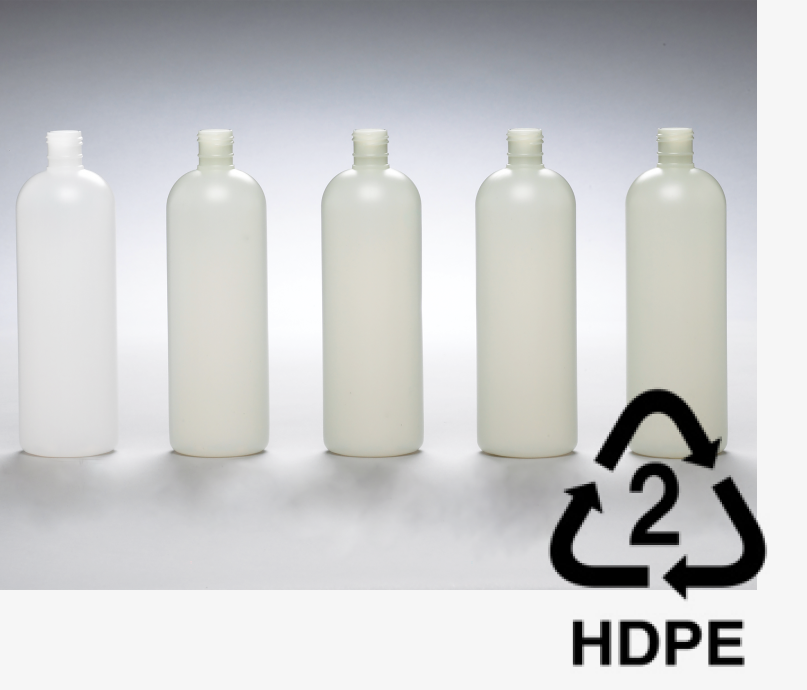
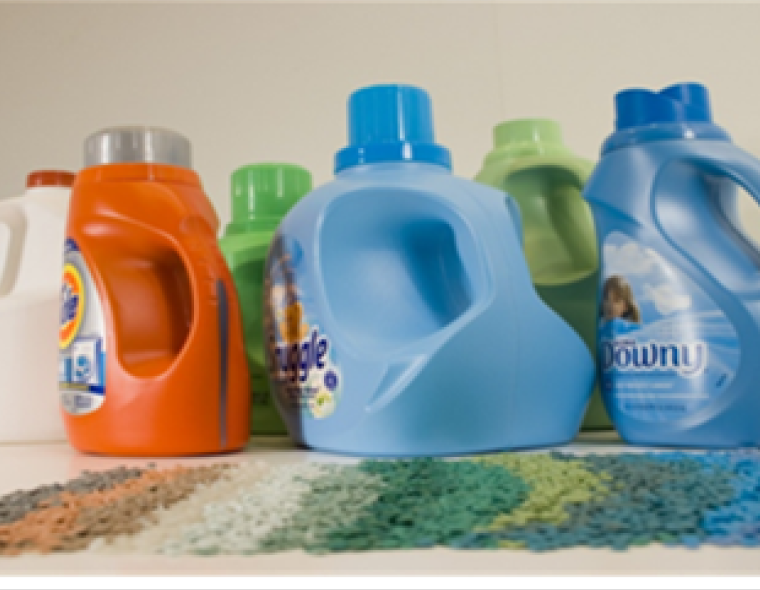
Custom Color Sorted PCR Savings
- Colorant cost per pound is one of the most expensive components in the plastic packaging of a product. Recycling the colorant, as well as the plastic, however; saves money by reducing the amount of new colorant that must be bought. Overall, this reduces the cost per pound of PCR.
- In most cases, colorant savings should be proportional to the amount of PCR used in the package. For example, if 25% colored PCR is used in a plastic bottle, the expected colorant savings would be 25%.
Bio Resin
As sustainable packaging gains traction, our Materials & Metrology team and Engineers continually explore new resin options. From Post Consumer Recycled (PCR) to Bio Resin, Silgan Plastics offers cost-effective solutions that match your needs. Plant-based bio resin is on the rise due to sustainability concerns.
Unlike traditional petrochemical-based PET & PE resins, the bio-based alternative uses 30% sugarcane for PET and 98% for HDPE. These alternatives share properties and production processes with petrochemical resins and can seamlessly integrate into existing lines. Silgan Plastics sources PET & PE bio resin from multiple suppliers, reinforcing our commitment to sustainability.

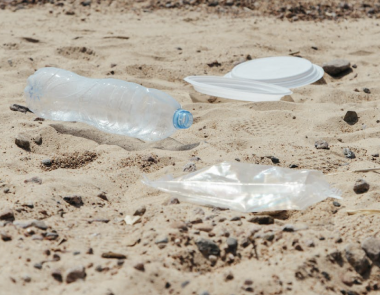
Beach Plastic (OceanBound) HDPE
Plastic obtained from Qualified Partners and verified as originating in the At-Risk Zone meets Envision’s criteria as OceanBound Plastic source material. Envision has combined supply chain experience with technical expertise and patented processes to transform plastic at-risk of polluting our oceans into a reliable resin, OceanBound Plastic.
We are here for you. How can we help?
